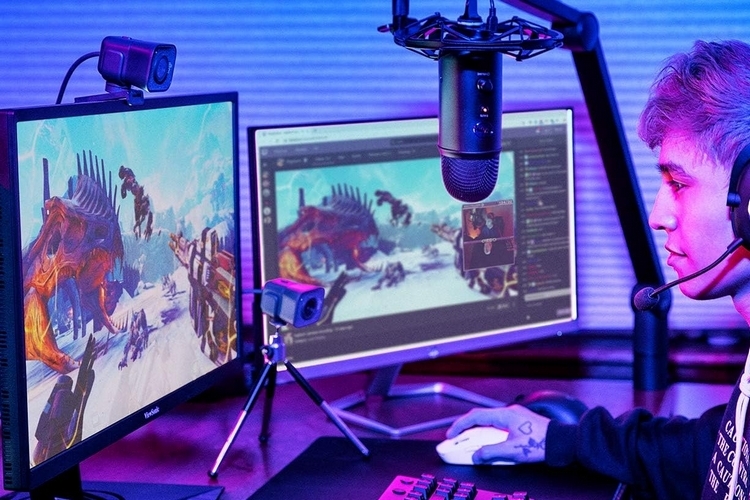
Yes, people make money livestreaming on the internet. Of course, those who make a comfortable living out of it are quite few and far between, but there are enough success stories out there that it’s definitely worth taking the plunge, if only to see if you can make it work. Whether you want to stream yourself playing games on a desktop, showing off your musical skills, or arguing over the internet with other people who have too much time on their hands, livestreaming has become a viable way to garner viewers, especially if you have what it takes to keep a live audience entertained.
If you’re going to broadcast live on the internet, your streaming webcam is going to be one of your most important tools. Livestre aming is a visual medium, after all, and, in many ways, your camera, along with your lighting, will determine how good (or how bad) you’re going to look to everyone who tunes in to your stream.
What should you look for in a streaming webcam? At the most basic, you’ll want to get a camera that can shoot in 1080p resolution with a minimum 60 fps framerate, as these will ensure decent-quality footage, regardless of whether your viewers are enjoying your stream on a phone, a tablet, or a PC. What else you will need will depend on what kind of streaming you plan to do. If you want to sit on a desk and play games, any good HD or 4K webcam should do the trick, although if you want to be able to move around a big room and stay in frame during streams, you might want to consider a PTZ webcam.
These are the best streaming webcams to help make your livestream videos look their absolute best.
Logitech C922 Pro Stream
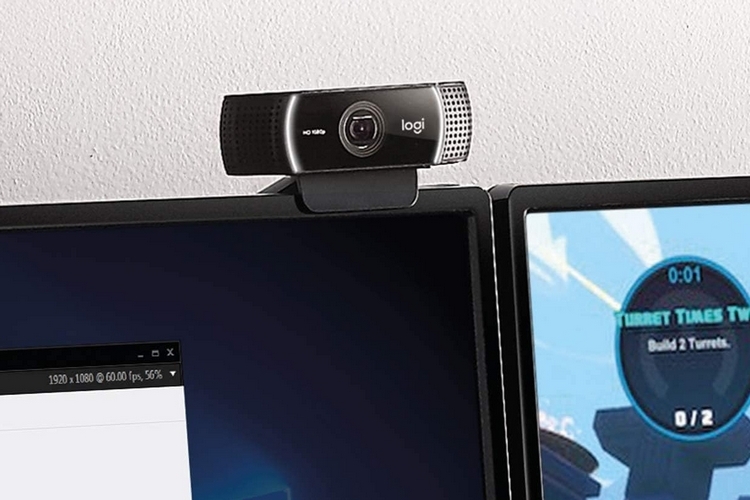
Pros
- Easy to use
- Good autofocus and white balance correction
- Stereo microphones
- Very affordable price
Cons
- Only shoots 1080p at 30 fps
- No option for wider FOV (76 degrees only)
- Could probably be even cheaper
Just want a cheap camera to test the streaming waters? The unanimous pick at the low-end for streaming has been this highly-capable streaming webcam from Logitech, which can clip to your monitor or mount on a tripod for easy setup on your desk. Sadly, streaming at 1080p on this thing only gives you a maximum 30 fps framerate, requiring you to go lower-res at 720p to get a smoother 60 fps framerate. Still, it delivers excellent video quality for the price, with reliable autofocus, automatic white balance correction, and plenty of manual adjustment options, while even picking up audio via two mics. The microphone audio is actually pretty good (it comes through clear with very little distortion), such that you can rely on it for your audio during webcam video calls, although we’ll still recommend getting a good USB mic for a fuller, more engaging sound.
Logitech Streamcam Plus
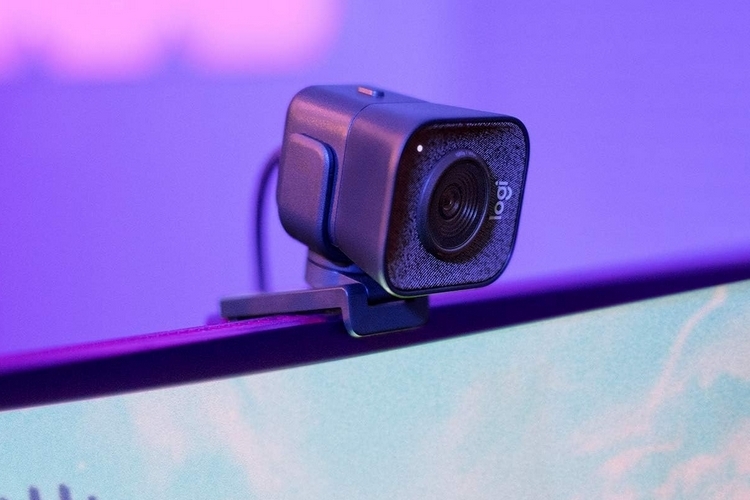
Pros
- Easy to use
- Shoots 1080p at 60 fps
- AI-based auto-framing
- Stereo microphones
Cons
- 78-degree FOV can be a little too narrow, depending on what you’re streaming
- No privacy shutter
If you’re willing to spend just a little more, you can get yourself a proper 1080p/60 fps streaming camera with this Logitech model, which brings a nice set of other features on top of its smooth full HD video. We still won’t recommend it for those who want a professional-looking stream setup, since the FOV remains limited at 78 degrees, but it offers a really affordable way to get sharp and smooth 1080p at 60 fps, with some really useful features, including a reasonably fast autofocus (fast enough for desktop streaming, anyway), AI-powered automatic framing, and excellent exposure control. It gets access, of course, to Logitech’s range of software, which you can use for various tasks, including recording videos, adding decorative elements to the stream footage, and adjusting all sorts of picture settings.
Elgato Facecam
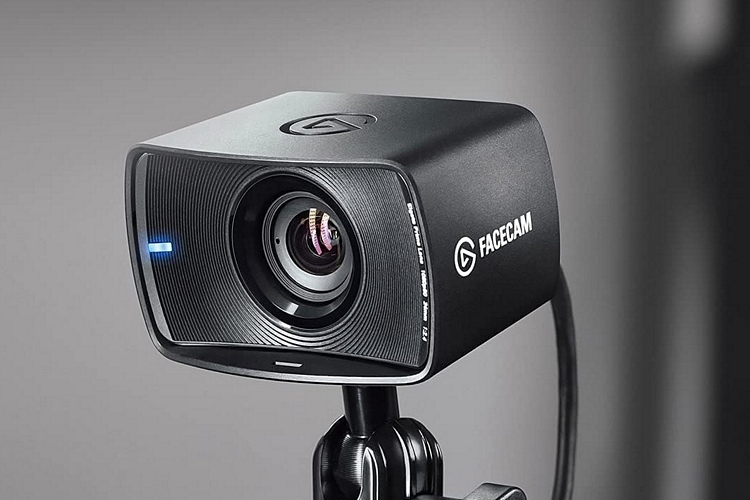
Pros
- Uncompressed 1080p at 60 fps, which leads to lower latency and fewer artifacts
- Onboard storage lets you save settings, so you don’t have to adjust them every time
- Lean streamer-focused features
Cons
- No autofocus can be an issue for streamers who like to move around the room
- Requires you to fiddle with the settings to get the best picture (not the best-looking footage out of the box)
In the streaming community, Elgato is best known for their capture cards, which is the hardware gamers use to incorporate their gameplay into their stream footage. In the last few years, the outfit has made a point of building a good chunk of their product line around livestreaming, releasing everything from lights and mounts to microphones and green screens. Of course, they made a streaming webcam, too, and it’s one that strips out all other elements that many streamers don’t really use. For instance, most streamers opt for a dedicated USB mic instead of built-in webcams, which is why this doesn’t include any audio pickup. It’s also designed for desktop streaming, so Elgato opted to do away with any type of autofocus.
Instead, it puts a priority on elements that, the outfit believes, streamers actually need. For instance, the webcam can stream video in uncompressed 1080p at 60 fps, while coming with a sensor that, the outfit claims, has been optimized for indoor video capture. The lens is actually quite elaborate on this webcam, sporting an aspherical surface with low-dispersion glass, 18 separate anti-reflective coatings, and an IR cut filter, while a custom heatsink allows it to stay cool even when you let your stream run for ungodly lengths of time. The camera itself seems to have been tuned for shooting in low-light out of the box, although you can easily fiddle with various settings using he companion app, with all settings able to store right on the camera’s onboard storage, allowing you to move from one PC to another without having to redo your settings every time.
HyperX Vision S
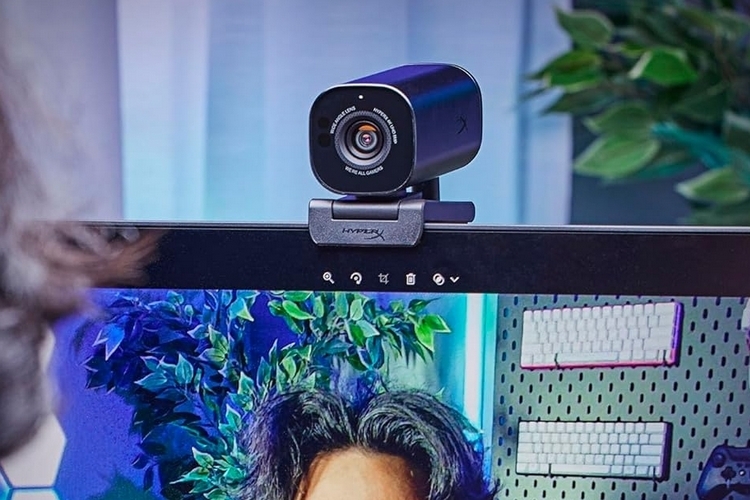
Pros
- Excellent video quality
- Wide field of view
- Can shoot in 4K, but only 30 fps
Cons
- Might be too heavy for some laptop monitors because of the aluminum body
- No microphones
- No autofocus
We love this streaming webcam for the video quality – its 1080p footage at 60 fps with a 90-degree field of view looks really impressive. It can also do 4K, but framerate tops out at 30 fps, so it’s probably not something you’ll be using for streaming. We also love how it works plug-and-play on PCs, Macs, and ChromeOS computers, making it very easy to stream on any machine you have available. Of course, you’ll still want to install the software if you want to fiddle with the settings, but the fact that it can run without any required downloads is very convenient. The camera has manual swivel and tilt movements, so it’s easy to adjust the angle as it sits on top of the monitor, while the aluminum housing and scratch-resistant lens ensures it can handle even rowdier streamers. Like the Elgato above, this one does away with microphones and other extras, instead opting to put all their eggs in the video quality basket and they do a stellar job on that front.
Insta360 Link
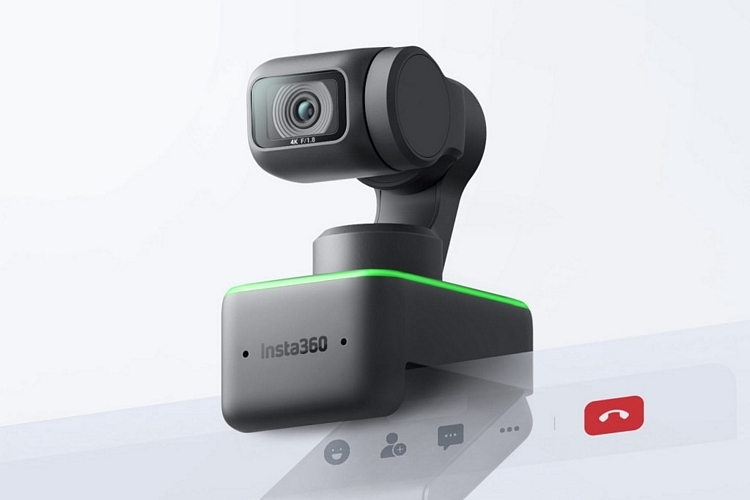
Pros
- Excellent 1080p video quality
- Accurate pan, tilt, and zoom tracking algorithm
- Three-axis gimbal
- Fast autofocus
- Very useful view modes
Cons
- Not very good audio, so using a separate mic is necessary
While it’s not the only streaming webcam with automated pan, tilt, and zoom functions in the list, Insta360’s version of a USB webcam is definitely the most affordable of the lot. If you’re familiar with the outfit, then you know their cameras rely heavily on AI to carry out many camera functions and that continues here with the camera able to carry out panning, tilting, and zooming all on its own to keep the subject in the frame. It uses a three-axis gimbal, by the way, so it captures moving shots without any jitters, all while being able to shoot videos in 1080p at 60 fps and 4K at 30 fps. Picture quality is impressive, especially with the help of the phase-detection autofocus, complete with an HDR option if you want even more vivid visuals. We’re particularly fond of the different view modes, which automatically reorients the camera. When you choose whiteboard view, for instance, it zooms in to the whiteboard in the frame, such that it takes up the entirety of the screen; when you choose desk view, on the other hand, the camera tilts down to focus on what you have on the desk, even using AI to adjust the angle, so that it looks presentable on stream. It’s quite amazing. Other features include dual noise-cancelling mics, auto-exposure, auto privacy (webcam points downwards after 10 seconds of inactivitiy), gesture controls, and a desktop app for manual control of the webcam.
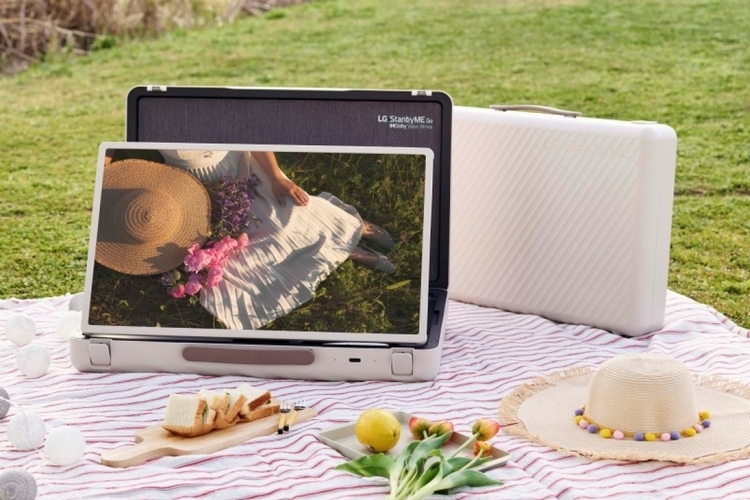
OBSBot Tiny 2
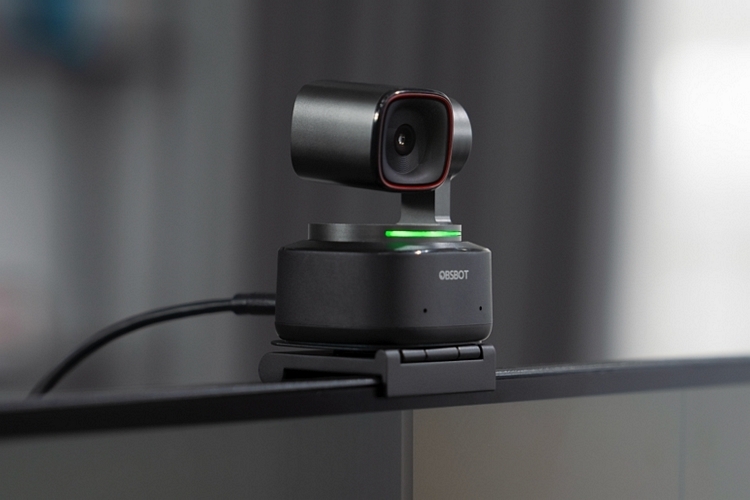
Pros
- Large 1/1.5-inch camera sensor
- Accurate pan, tilt, and zoom tracking algorithm
- Voice and gesture control
- Onboard storage for settings
- Good built-in mic
Cons
- No support for external audio
OBSBot’s streaming webcam is mounted on a base with a two-axis gimbal motor inside, which works with an AI tracking algorithm, that lets it pan and tilt to keep you in frame the whole time. That means, you can set this down on the desk and move freely around the room without being out of frame. Heck, the camera can even zoom in and zoom out on its own, as needed, making it ideal for those who don’t want to sit in the same spot their entire stream. It shoots uncompressed 1080p at 60 fps, although it can also do 4K at 30 fps, while speedy autofocus keeps everything looking clear and sharp, no matter what kinds of shenanigans you decide to do on-stream. Other features include a 90-degree field of view, manual control via the companion app, HDR support without motion blur, dual omnidirectional mics with noise reduction, and support for both voice commands and gesture control, so this is one smart webcam. The whole thing can be set down on the desk, mounted on a monitor, or even screwed down on a tripod for taking with you, making it quite the versatile little streaming camera.
Logitech Mevo Start
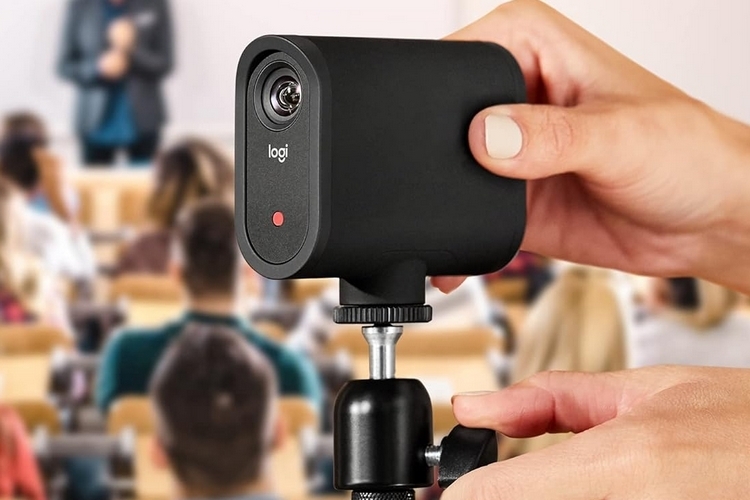
Pros
- Standalone streaming camera – no PC necessary
- Great portability, with six-hour onboard battery
- Allows you to coordinate up to three cameras
Cons
- Framerate tops out at 30 fps, even in lower resolutions
Designed to function as a standalone streaming camera, this device can hop directly onto your network via Wi-Fi or an Ethernet cable, allowing you to do live broadcasts with no need for a stream computer. You control the camera using a companion app, which comes with built-in support for all popular streaming platforms, so you can easily go live in multiple platforms with just a few taps, while allowing you to use up to three cameras for a multi-camera stream setup. Suffice to say, this makes streaming very easy, provided you have good internet. Video quality is good, but far from stellar, especially since frame rate tops out at 30 fps, which is kind of disappointing for a camera in this price range. Other features include three built-in mics, a TRS input for external mic support, an SD card slot for recording locally, six hours of battery life, and even a webcam mode if you want to use it like a regular webcam.
Tenveo VLoop 4K PTZ Camera
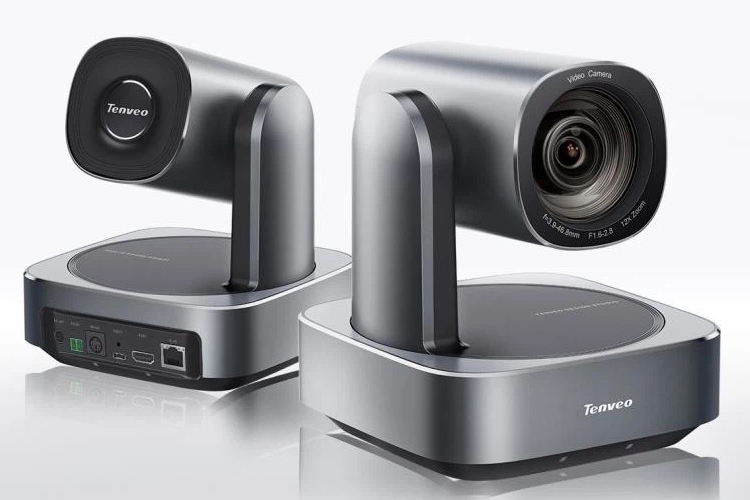
Pros
- Motorized pan and tilt
- 12x optical zoom
- Superb 1080p/60 fps video
- Physical remote
Cons
- No AI tracking
- 60 fps framerate only available via HDMI connection, not USB
Similar to the last two streaming webcams, this one comes with motorized pan, tilt, and zoom capabilities. In this instance, though, there’s no AI tracking, so everything has to be controlled by either the streamer or someone else working behind the scenes. If you’re able to work through that setup, this is an excellent option for streaming in a large room. That’s because the camera has 12x optical zoom. Yes, optical, not digital, which means it will retain visual fidelity even when zooming in towards the end of a long room, while the included IR remote lets you control the camera pan, tilt, and zoom settings even from that distance. It can shoot footage in 1080p at 60 fps and 4K at 30 fps, provided you connect it via HDMI, as connecting via USB caps the framerate at 30 fps. You can even control up to three cameras from a single remote, which is very convenient for multi-camera setups. Do note, this is designed to set down on a flat surface or mount on a trip, so it’s not the kind of webcam you can put on top of the laptop monitor.